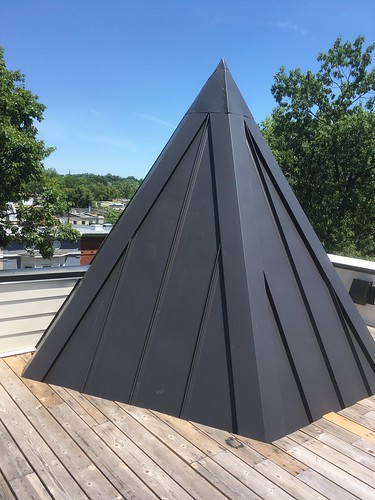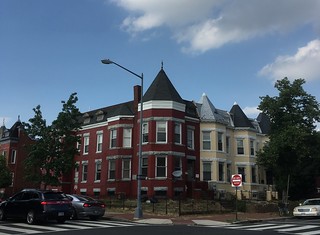Looking at the 1957 Northwest Church Survey, Scripture Cathedral did not exist. It would have been at 9th and O Streets Northwest. But the only thing on that block was a storefront church called Christ’s United Baptist Church at 1329 9th St NW, now an outreach center. So historically, in my opinion, this means it can’t claim a rich history with the neighborhood. And I don’t feel like researching it to see if this was a post riot church. Looking at the website for Scripture Cathedral, currently in PG County, they don’t provide a useful history, or details.
The website for the condo building replacing it has plenty of details about the condos, ranging from $600K to $2 million.
The usual narrative would be Black church replaced by rich (let’s just assume) white condo owners, and then we are supposed to feel bad about losing people who park poorly in the neighborhood. Instead let’s go with ‘yay, new neighbors who may be overpaying for their home.’ Seriously, people still get shot a block or so away on 7th Street, and they can come home from the Mt. Vernon metro assaulted by the smell of K2 in the air.
Looking at the whole volume of the October 1957 Northwest Church Survey, there are plenty of churches that no longer exist. Churches that may have left because they ended their normal church lifecycle. Churches that picked up and moved before and after the riots, and before and after ‘gentrification.’ Neighborhoods change.
















